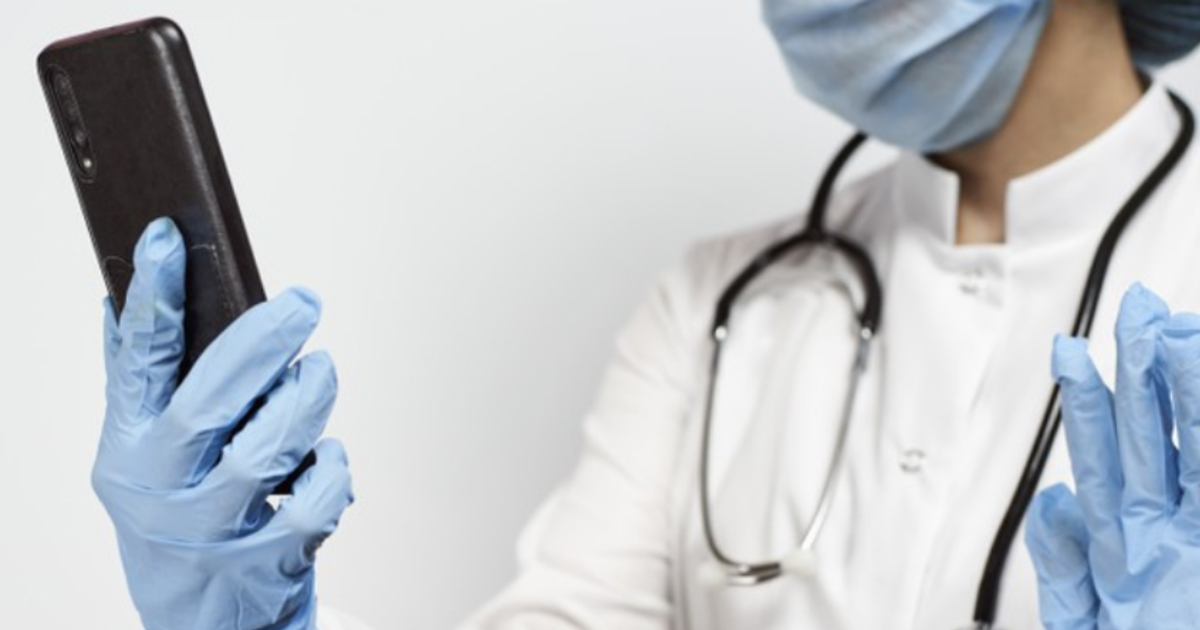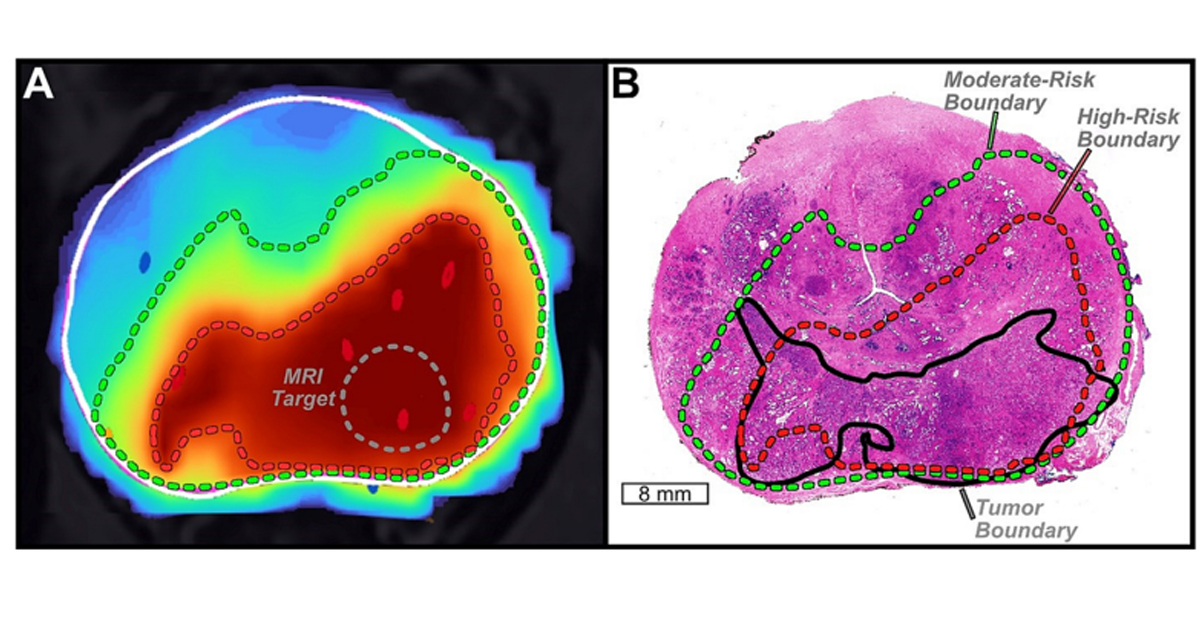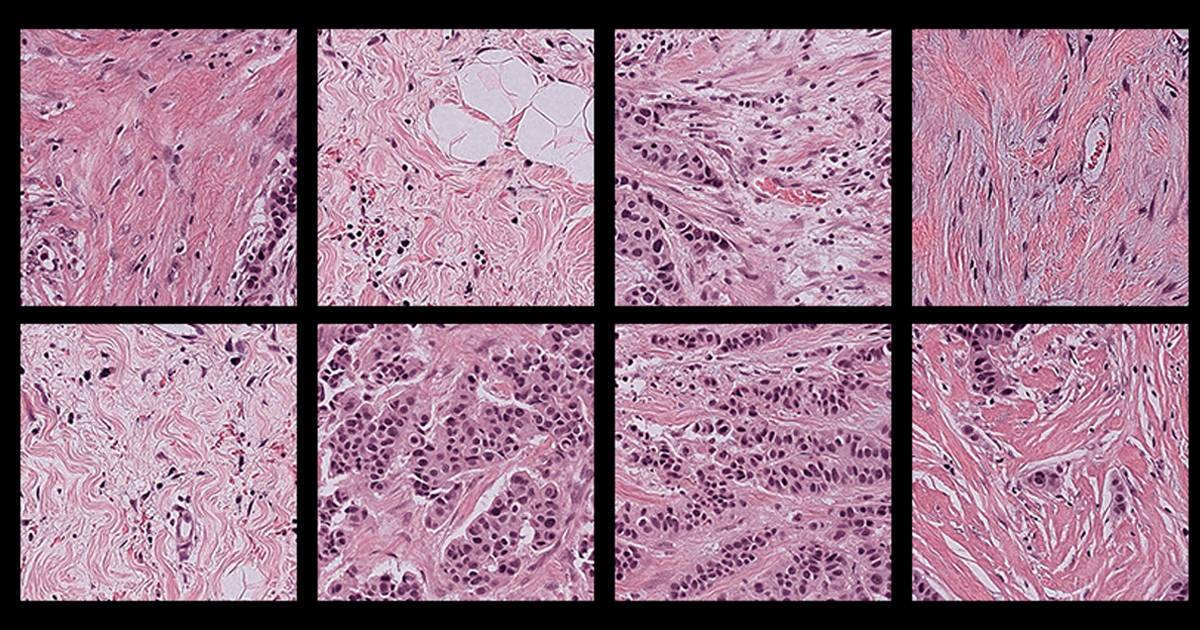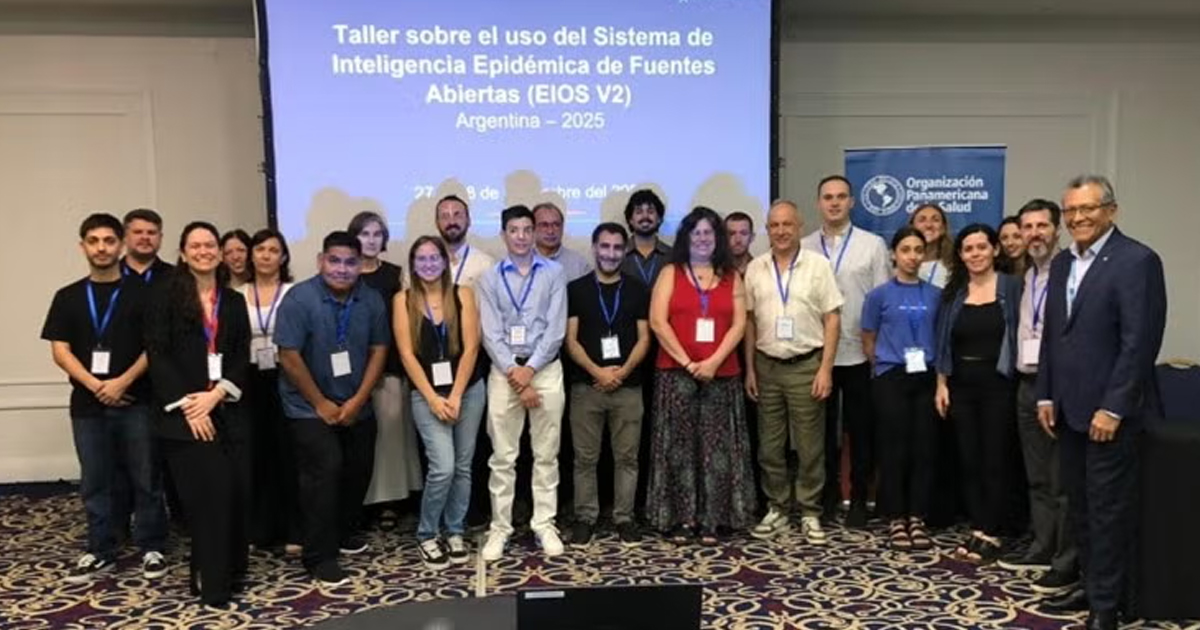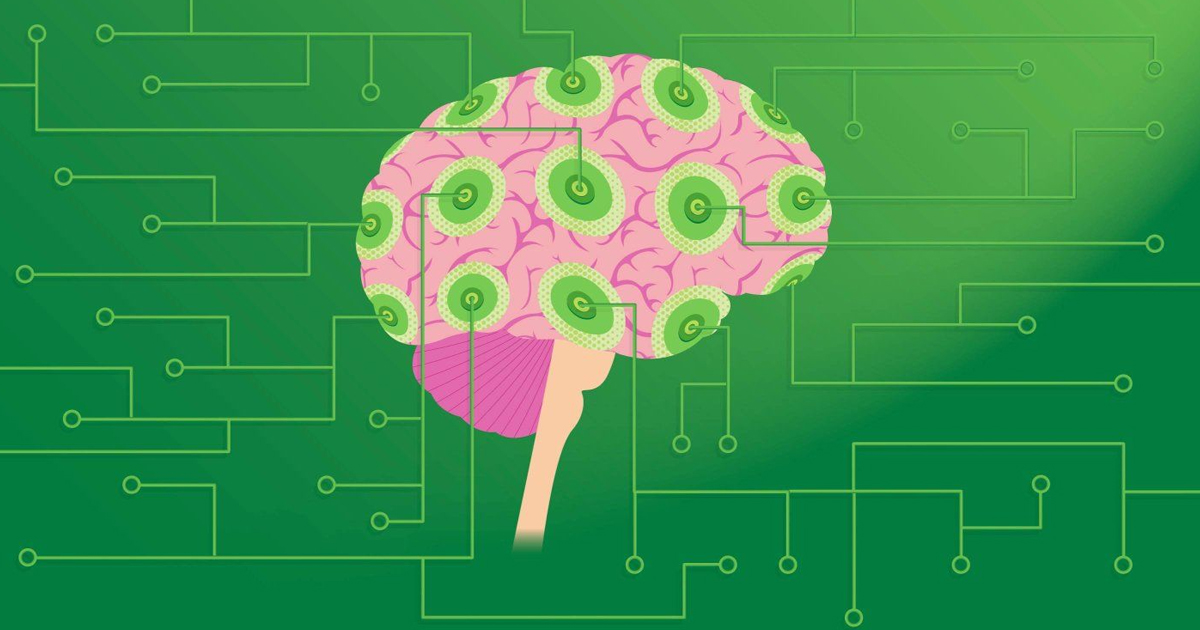La Industria del Internet de las Cosas Médicas, se encuentra en pleno crecimiento. Los avances tecnológicos y la adopción de nuevas herramientas interconectadas como software, dispositivos móviles o aplicaciones, prometen revolucionar los sistemas de salud en el mundo.
Para comprender qué es el Internet de las Cosas Médicas (IoMT), es necesario conocer qué es el “Internet de las cosas”. Deloitte define el “Internet Of Things” (IoT), como “la agrupación e interconexión de dispositivos y objetos a través de una red (bien sea privada o Internet, la red de redes), dónde todos ellos podrían ser visibles e interaccionar”. Esto contempla sensores, dispositivos mecánicos y objetos cotidianos como electrodomésticos, ropa, relojes inteligentes, etc.
Por otra parte, el IoMT, incluye tecnologías y herramientas médicas como articulaciones artificiales, escáneres; o tecnologías médicas móviles, como medidores de glucosa, sensores, relojes inteligentes, entre otros dispositivos interconectados.
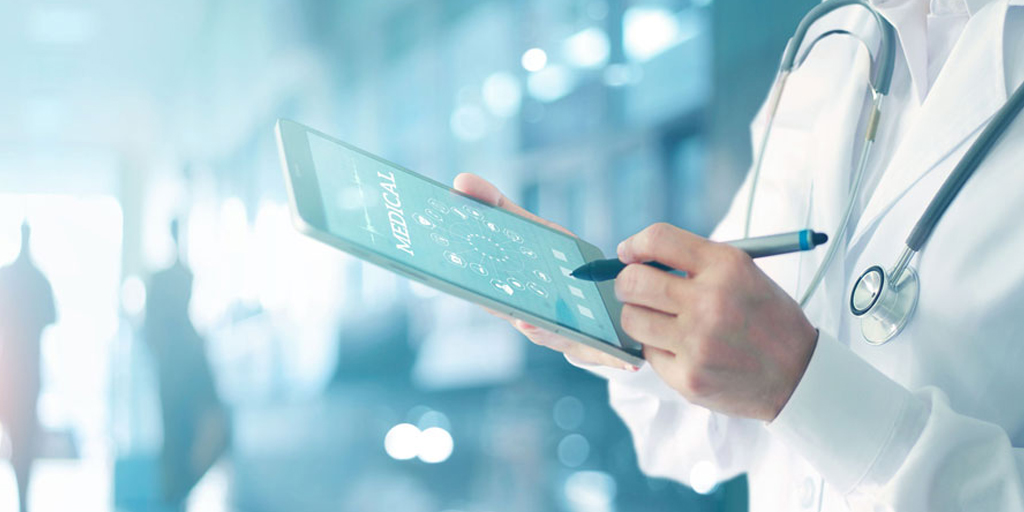
La tecnología médica (Medtech), está incluida en el IoMT, y su desarrollo es fundamental para promover la digitalización de los servicios médicos y además lograr mayor involucramiento por parte de los pacientes en su atención médica.
Entre los beneficios del IoMT se encuentran la mejora en la administración de medicamentos, reducción de costos en servicios médicos, mejorar la experiencia de los pacientes y sus resultados, obtener mejores resultados de diagnóstico y tratamiento, monitoreo remoto de condiciones crónicas y mejoras en el manejo de enfermedades.
Entre los principales retos para la adopción del IoMT, se encuentra la interoperability, que busca el uso de plataformas abiertas y estándares de datos abiertos para que los proveedores y usuarios de la tecnología siempre tengan los datos disponibles para su uso.
También la modificación de marcos regulatorios de cada país es un desafío, las autoridades de cada país deben introducir a las tecnologías médicas para regular y promover su uso. Por ejemplo, durante la pandemia, en países de Latinoamérica como Perú o Brasil se ha aprobado el uso de telemedicine para brindar atención médica a distancia.


